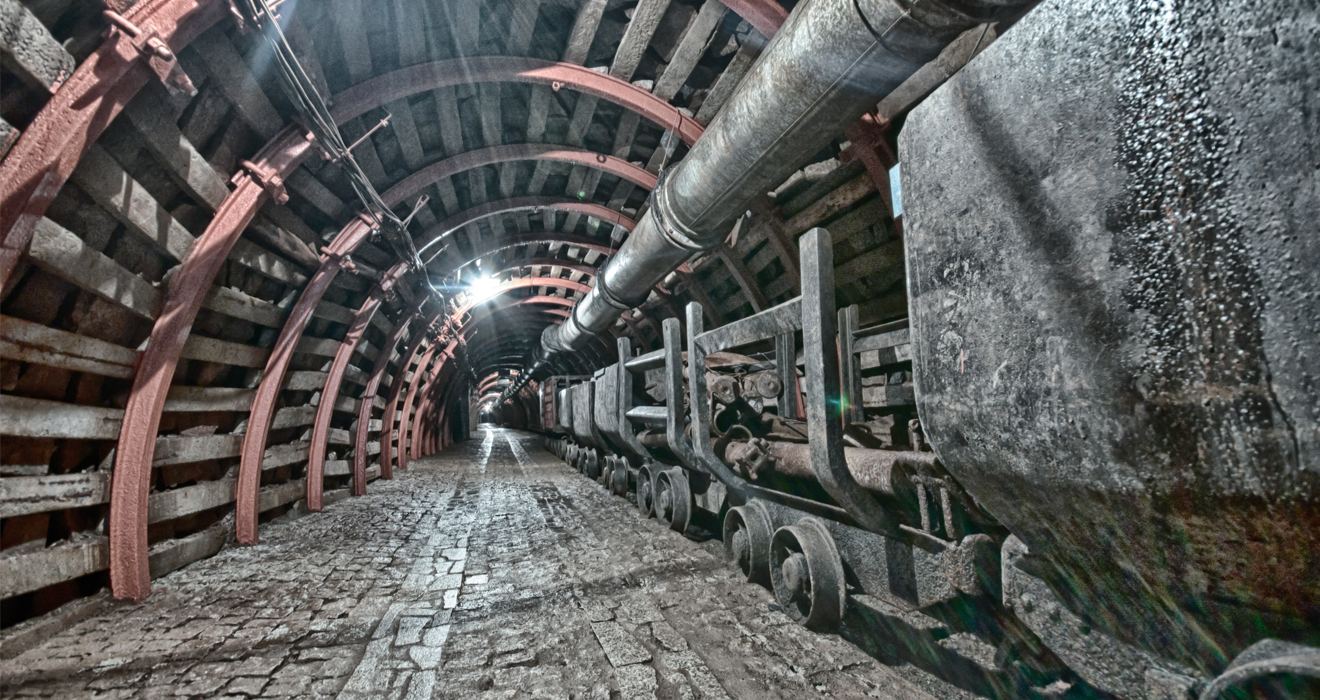The mine ventilation system is an important facility to ensure the safety of mine production and the health of workers. It not only affects the production efficiency of mines, but also relates to the safety of workers and the comfort of the working environment. In order to ensure the effectiveness and reliability of the mine ventilation system, a series of important principles must be followed in the design and operation process.
Adequate air volume is a basic requirement for mine ventilation systems. Insufficient air volume can lead to an increase in the concentration of harmful gases in the mine, posing a threat to the health and safety of workers. In order to ensure sufficient air volume, the design of the mine ventilation system must consider the following factors:
Mine size and layout: Based on the scale and layout of the mine, design the size of the main and auxiliary air ducts reasonably to ensure that the air volume can cover all working areas of the mine.
Number of workers and equipment: Consider the number of workers and equipment in the mine to ensure that the air volume can meet the needs of the working area.
Harmful gas emissions: Based on the amount of harmful gas emissions in the mine, determine the required air volume to ensure that the concentration of harmful gases is always maintained within a safe range.

On the basis of ensuring sufficient air volume, reasonable control of wind speed is also an important principle in the design of mine ventilation systems. Whether the wind speed is too high or too low can affect the ventilation effect:
Excessive wind speed: Excessive wind speed can increase energy consumption and may cause dust to fly in the mine, affecting the working environment of workers.
Low wind speed: If the wind speed is too low, harmful gases and dust cannot be effectively eliminated, leading to a decrease in air quality.
In order to achieve reasonable wind speed control, the design of mine ventilation system needs to consider the following aspects:
Air duct design: Reasonably design the size and layout of the air duct to ensure that the wind speed is within an appropriate range.
Fan selection: Choose a suitable fan to ensure that its air volume and pressure can meet the ventilation needs of the mine, while avoiding excessive wind speeds.
The mine ventilation system must ensure reasonable air flow in order to effectively eliminate harmful gases and dust, and provide a clean working environment. Reasonable air flow design includes:
Air inlet and exhaust layout: Reasonably arrange the air inlet and exhaust to ensure that fresh air can smoothly enter the mine and discharge harmful gases and dust from the mine.
Working face ventilation: Install auxiliary ventilation equipment in each working face of the mine to ensure smooth air flow in the working area and timely eliminate harmful gases and dust.
Avoid dead corners: Avoid the existence of ventilation dead corners to ensure effective ventilation in all areas of the mine.
The detection and alarm of harmful gases in mines are important measures to ensure the safety of workers. An effective gas detection and alarm system should have the following characteristics:
Real time monitoring: able to monitor the concentration of harmful gases in the mine in real time and detect abnormal situations in a timely manner.
Automatic alarm: When the concentration of harmful gases exceeds the safe range, the system can automatically send an alarm signal to remind workers to take emergency measures.
Data recording: capable of recording concentration data of harmful gases, facilitating management personnel to analyze and optimize ventilation systems.
In the production process of mines, unexpected dangerous situations may be encountered, such as fires, gas explosions, etc. In order to cope with these emergencies, the mine ventilation system must design a reliable emergency ventilation plan, including:
Emergency ventilation equipment: equipped with emergency fans and ventilation ducts to ensure quick activation in emergency situations and provide necessary ventilation.
Backup power supply: equipped with a backup power supply to ensure that emergency ventilation equipment can still operate normally in the event of a main power failure.
Emergency plan: Develop detailed emergency plans, clarify various emergency measures and personnel division, and ensure that emergency ventilation can be quickly and effectively implemented in emergency situations.
The effective operation of the mine ventilation system relies on regular maintenance and inspection. The content of maintenance and inspection includes:
Equipment maintenance: Regularly inspect and maintain equipment such as fans, air ducts, and testing instruments to ensure their normal operation.
System testing: Regularly test the operation of the ventilation system, including parameters such as air volume, wind speed, gas concentration, etc., to ensure that the system is in good condition.
Troubleshooting: Timely detect and eliminate faults during system operation to ensure the reliability and safety of the ventilation system.
With the development of mining production conditions and technology, the ventilation system in mines also needs to be continuously optimized and improved. The content of continuous optimization and improvement includes:
Technological update: Introduce excellent ventilation technology and equipment to improve the efficiency and reliability of the ventilation system.
Data analysis: By analyzing gas detection data and system operation data, optimize the design and operation parameters of the ventilation system, and improve system performance.
Training and education: Strengthen the training of ventilation system operators, improve their operational skills and emergency response capabilities, and ensure the safe operation of the system.
The mine ventilation system is an important facility to ensure the safety of mine production and the health of workers. By following important principles such as sufficient air volume, reasonable wind speed control, reasonable air flow direction, effective gas detection and alarm, reliable emergency ventilation plan, regular maintenance and inspection, and continuous optimization and improvement, the mine ventilation system can provide a safe, healthy, and comfortable working environment. Mining enterprises should attach importance to the design and operation of ventilation systems, continuously improve the performance and reliability of the systems, and safeguard the safety production of mines.







Comment